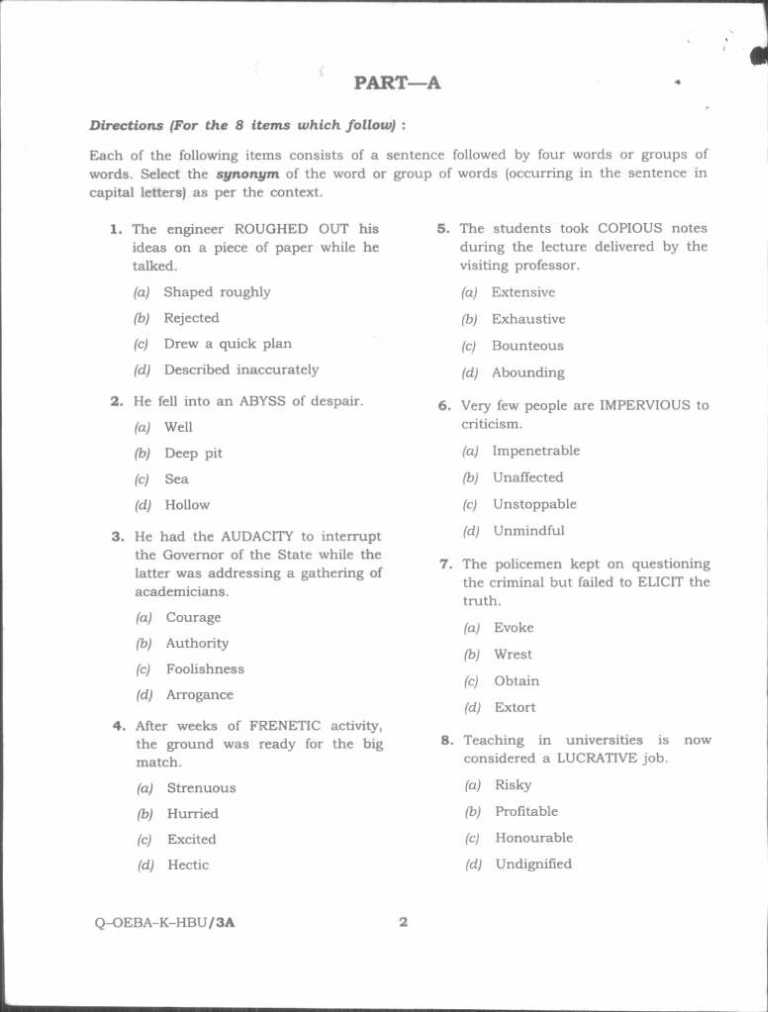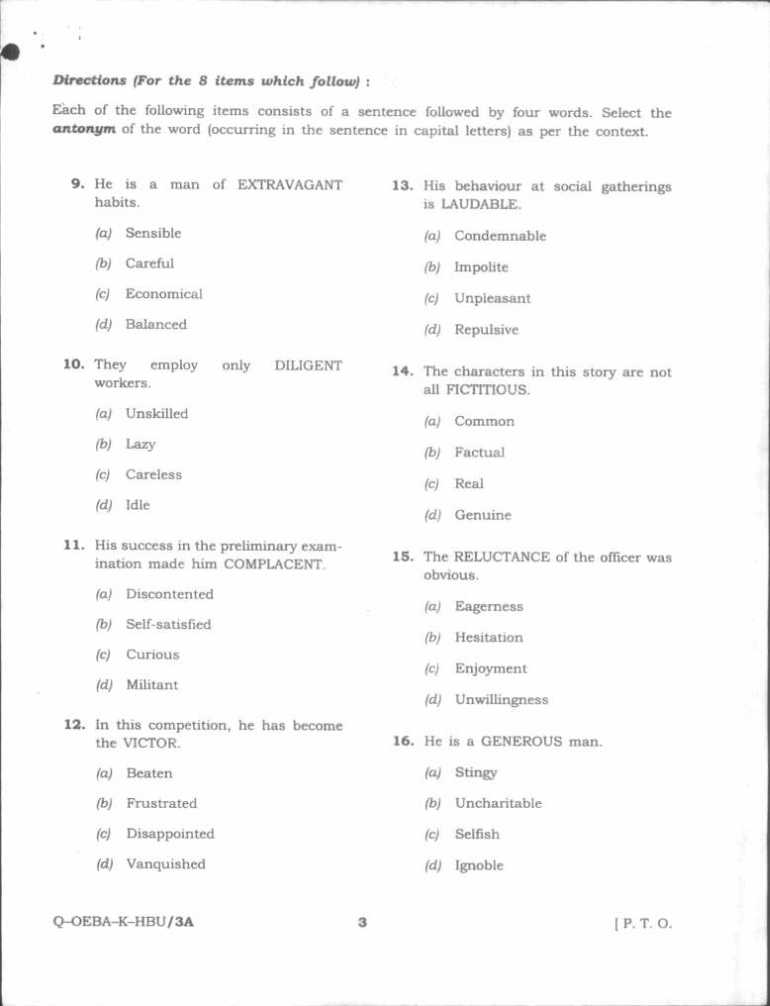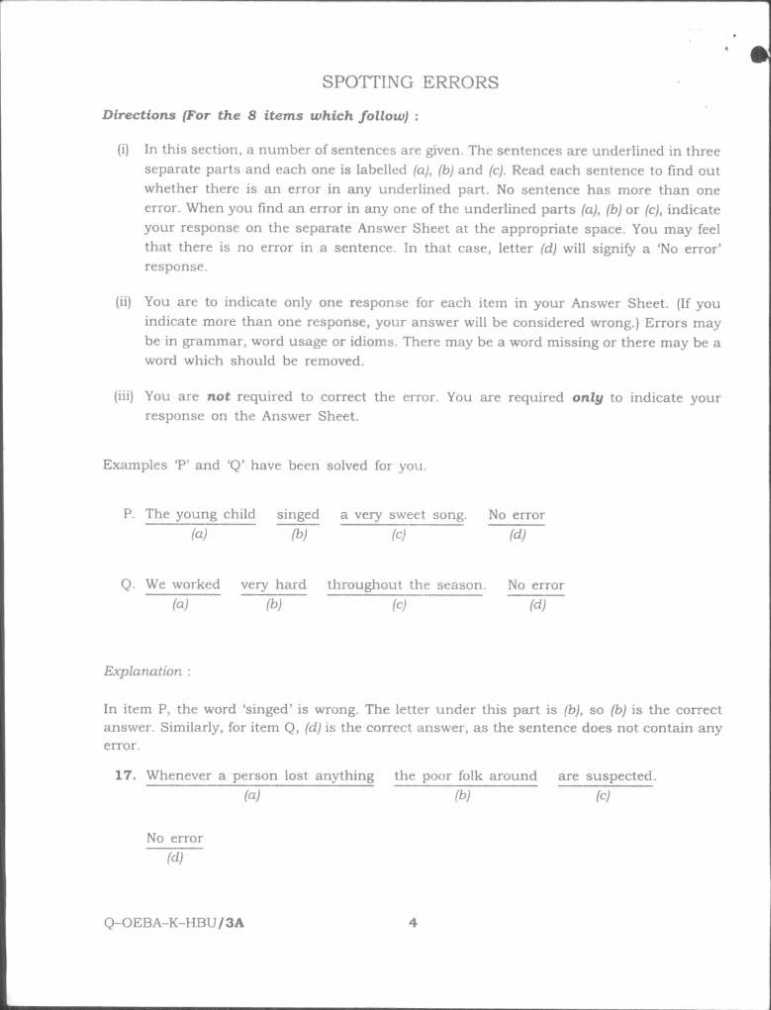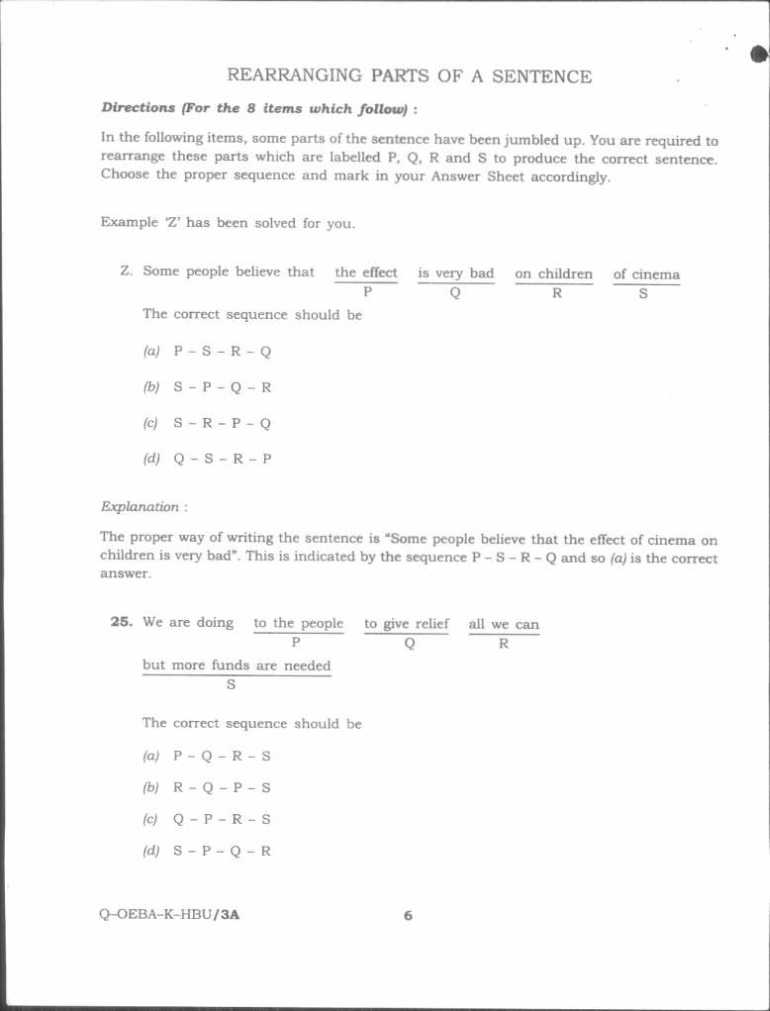|
#2
1st August 2014, 09:49 AM
| |||
| |||
| Re: CSIR UGC NET previous year question papers of Life Sciences
As you want to get the CSIR UGC NET previous year question papers of Life Sciences so here it is for you: Some content of the file has been given here: 41. During protein synthesis, L-amino acid binds to t-RNA through 1. α-amino group. 2. hydrophobic side chain. 3. α–carboxyl group. 4. carboxyl group of the side chain. 42. The peptide bond is planar 1. due to restriction caused by rotation around cα –N bond 2. due to restriction around cα –c′ bond 3. due to delocalization of the lone pair of electrons of the nitrogen onto carbonyl oxygen 4. because amide protons and carbonyl oxygen are involved in hydrogen bonding. 43. Hydrogen bond length will NOT be 1. independent of the nature of donor and acceptor atoms. 2. dependent on donor and acceptor atoms. 3. dependent on the solvent in which the molecule is dissolved. 4. dependent on the other atoms bonded with the donor and acceptor atom. 44. Why a DNA duplex melts at a specific temperature (Tm) on heating? 1. Loss of base stacking energy 2. The double helix is intrinsically unstable 3. The single helix is more stable as compared to the double helix 4. The DNA double helix is a co-operative structure stabilized by hydrogen bonds and base pairing 45. Lipid bilayers can be formed by phospholipids which have variable head groups and fatty acyl chains. The fluidity of the membrane will depend on 1. only the nature of head groups. 2. only the length of the fatty acid chains irrespective of the extent of unsaturation. 3. only unsaturation irrespective of the length of the fatty acid chains. 4. length and degree of unsaturation of fatty acid chains. 46. Which one of the following RNA molecules is involved in regulation of gene expression? 1. miRNA 2. rRNA 3. 5S RNA 4. tRNA 47. In which organelle is NADP+ the final electron acceptor? 1. Only chloroplast 2. Only mitochondrion 3. Both chloroplast and mitochondrion 4. Lysosome 48. When the K'q = 1, ∆G° is equal to 1. –1. 2. 0. 3. +1. 4. 10. 49. Which one of the following human pathogen is a flagellated protozoan? 1. Trypanosoma 2. Plasmodium 3. Paramecium 4. Entamoeba 50. Which of the following mammalian cells usually does NOT divide in adult life? 1. Epithelial cells in lung 2. Nerve cells in brain 3. Liver cells 4. Osteoblast cells 51. What happens to the Cdk-cyclin A complex at metaphase? 1. Both cyclin A and Cdk remain undegraded 2. Only Cdk is degraded 3. Only cyclin A is degraded 4. Both cyclin A and Cdk are degraded 52. The average human genome has approximately 3×109 base pairs coding for various proteins. If an “average” protein contains 400 amino acids, what is the maximum number of proteins that can be encoded by the human genome? 1. 2.5 × 106 . 2. 2.5 × 107 . 3. 3.0 × 106 . 4. 3.5 × 107 . 53. In eukaryotes, the interaction of enhancer and promoter elements is brought closer by 1. zinc finger. 2. DNA looping. 3. helix turn helix. 4. palindrome. 54. Which of the following cytoskeleton elements guides the movement of vesicles containing cell wall precursors from their site of formation in Golgi to the site of new wall formation in a growing pollen tube? 1. Myosin 2. Actin 3. Kinesin 4. Dynein 55. Ionophores are small hydrophobic molecules that can partition into the lipid bilayer and increase their permeability to specific inorganic ions. Which of the following is a channel forming ionophore? 1. Valinomycin. 2. Actinomycin. 3. Gramicidin A. 4. Nicin. 56. Which GTPases regulate intracellular transport in mammalian cells through vesicle fusion? 1. Rab 2. Ran 3. Ras 4. Rho 57. The region where RNA polymerase binds to promoter in prokaryotes is called 1. Pribnow box. 2. Hogness box. 3. Homeo box. 4. Shine-Dalgarno box. 58. Which of the following features highlights the difference between Z-DNA and B- DNA? 1. Double helical nature 2. Orientation of phosphate backbone 3. Pairing of G – C 4. Antiparallel nature of two polynucleotide strands of double helix 59. Ribosomal subunits are assembled in 1. cytoplasm. 2. nucleolus. 3. nucleus. 4. endoplasmic reticulum. 60. The absence of sigma factor in RNA polymerase 1. affects elongation only. 2. blocks initiation only. 3. affects both initiation and elongation. 4. does not affect transcription.      For more detailed information I am uploading PDF files which are free to download: |
